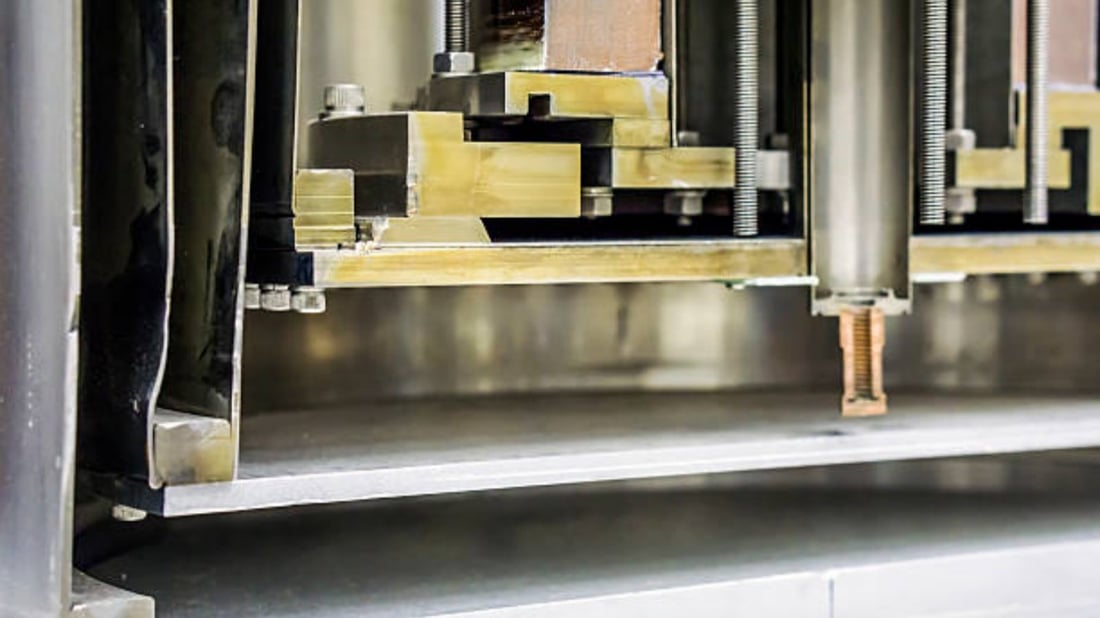metal processing equipment: A Comprehensive Guide
When it comes to metal processing, the right equipment plays a crucial role in achieving optimal results. From cutting and shaping to bending and welding, metal processing equipment offers a wide range of capabilities that are essential in various industries. In this article, we will explore the different aspects of metal processing equipment and their importance in the manufacturing sector.
1. Introduction to Metal Processing Equipment
Metal processing equipment refers to a variety of machinery used in the fabrication and manipulation of metals. These machines are designed to perform tasks such as cutting, shaping, forming, joining, and finishing metal components. With advanced technologies, modern metal processing equipment offers precision and efficiency, enabling manufacturers to meet the demands of complex projects.
2. Cutting and Shearing Equipment
One of the key processes in metal processing is cutting and shearing. Metal cutting equipment, such as bandsaws, circular saws, and plasma cutters, are used to separate metal sheets or bars into desired shapes and sizes. Shearing machines, on the other hand, use sharp blades to cut metal plates with high precision. These cutting and shearing equipment are vital in various industries, including automotive, aerospace, and construction.
3. Forming and Bending Equipment
Forming and bending metal sheets or tubes is another critical aspect of metal processing. Press brakes, roll forming machines, and tube bending machines are commonly used for these purposes. These machines apply force to reshape the metal, creating complex curves, angles, and shapes. Forming and bending equipment is widely employed in the manufacturing of automobile parts, furniture, and HVAC systems.
4. Welding and Joining Equipment
Welding and joining equipment are essential for combining multiple metal components and creating strong, durable connections. Various welding techniques, such as arc welding, TIG welding, and MIG welding, are used depending on the specific requirements of the project. Welding robots and automated systems have also become increasingly popular in large-scale metal processing operations, ensuring consistent and efficient welds.
5. Machining and Milling Equipment
Machining and milling equipment are used to remove unwanted material from metal components, creating precise shapes and dimensions. CNC (Computer Numerical Control) machines have revolutionized metal machining processes, allowing for highly accurate and repeatable results. These machines are widely utilized in industries such as aerospace, medical devices, and electronics.
6. Surface Treatment and Finishing Equipment
To enhance the appearance and durability of metal products, surface treatment and finishing processes are employed. Equipment such as sandblasters, vibratory finishers, and electroplating systems are used to remove imperfections, apply coatings, and achieve desired surface textures. Surface treatment and finishing equipment play a vital role in industries like jewelry, automotive, and appliances.
7. Inspection and Quality Control Equipment
Ensuring the quality and integrity of metal products is crucial in metal processing. Inspection and quality control equipment, such as coordinate measuring machines (CMMs) and non-destructive testing (NDT) devices, are used to verify dimensions, detect defects, and evaluate material properties. These equipment help manufacturers maintain high standards and meet customer requirements.
8. Automation and Robotics in Metal Processing
The integration of automation and robotics has transformed the metal processing industry. Automated systems, robotic arms, and computer-controlled machines have improved productivity, accuracy, and safety in metal processing operations. With the advancement of artificial intelligence and machine learning, these technologies continue to evolve and offer new possibilities for the future.
9. Importance of Choosing the Right Metal Processing Equipment
The selection of appropriate metal processing equipment is crucial for achieving desired outcomes. Factors such as material type, thickness, complexity of the project, and production volume should be considered when choosing the right equipment. Investing in high-quality machinery ensures efficiency, cost-effectiveness, and consistent results, leading to customer satisfaction and business success.
10. Conclusion
Metal processing equipment plays a vital role in various industries, enabling the fabrication and manipulation of metals to meet specific requirements. From cutting and shaping to joining and finishing, the different types of metal processing equipment offer a wide range of capabilities. By understanding the importance of each type of equipment and choosing the right machinery, manufacturers can optimize their metal processing operations and stay competitive in the market.

